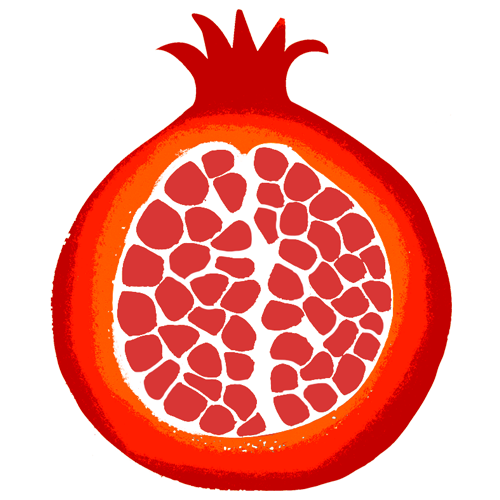
THE COURSE VENUE & accommodation
The main venue and accommodation for our courses sits right on the edge of the village of Moclín (pictured above) with stunning views over the landscape towards Alcalá la Real.
The property was built in 1954 as a barracks for the Guardia Civil and in 2009 it was transformed into a rural lodging, event venue and small museum. The museum provides a fascinating overview of the rich history of the area, dating back to Neolithic times. There is a 40 sq meter Roman Mosaic floor, many artefacts from Iberian-Roman culture and examples of Nasrid ceramics.
“THE VENUE WAS A MARVELLOUS & COMFORTABLE HOME FOR THE WEEK, AND TO TOP IT ALL, WE HAD THE MOST ENJOYABLE MEALS, ALL LOVINGLY AND FRESHLY PREPARED BY OUR HOSTS, GRANADA CONCIERGE, WHICH WE ATE OUT IN THE COURTYARD”

For all of our courses, we have exclusive use of the venue.
On the first floor, there are 5 large twin bedrooms, each with ensuite bathroom/shower room.
On the second floor there are 5 large suites: twin bedrooms each with a mezzanine floor with 2 or 3 further single beds, and ensuite bathrooms. The accommodation is fully centrally heated for the winter months.
A lift provides access to all floors and there is a fully accessible bedroom on the first floor for wheelchair users.
PLEASE NOTE: all bedrooms are PRIVATE and single occupancy is not a problem. Single guests will never be expected to share a room unless they specifically request this.
Guests have use of a cosy sitting room, complete with wood burning stove for the cooler months. There is a fully-equipped catering kitchen and two large studio/workshop areas. Most of our courses will hold classes in these studios.
The village of Moclin
Moclín has a history stretching back more than 60,000 years.
Walking through the dramatic landscapes, it is easy to imagine that you have gone back in time. Across the valleys slashed into the rock, there are numerous cave complexes dating back to neolithic times, and many of these have original paintings depicting the hunting of cabra, the Ibex wild mountain goats, still very much in evidence here.
One of the caves still being studied by archaeologists has given up treasures that indicate people were living here over 60,000 years ago.
Strategically, it has been at the frontier of some of Spain’s most turbulent periods. Built on a stunning peak in the midst of Los Montes de Granada, the 13th Century Castillo de Moclín was under almost constant siege for 200 years from the time it was built. The castle was considered one of the ruling Moorish kingdom’s most impregnable fortresses, protecting the vast vega of Granada beyond.
“The smallest court of the Greatest Queen that Spain had ever known”
In 1486, Los Reyes Católicos, Isabel y Fernando, finally captured the castle of Moclín and for 6 years this was the “smallest court of the Greatest Queen that Spain had ever known”. In 1492, Isabel and Fernando finally conquered the city of Granada. On clear days, it is possible to see the Alhambra Palace from the castle. Over the subsequent years, Moclín was one of 7 villages that provided the grain for Granada, and one of the beautiful buildings in the village, the 16th Century Posito del Pan, was one of the providers of capital for the original Bank of Spain.
The village hosts one of the most important annual religious festivals in Spain, Las Fiestas en Honor del Santísimo Christo del Paño, and as many as 20,000 people can descend on the village every 5th October to pay homage to a canvas depicting the image of Christ and the Cross. This painting was a battle standard donated by Isabel and Fernando to the village as thanks for their support during their time here.






















